Thermostatic valves are used for the infinite, proportional regulation of flow quantity, depending on the setting and the sensor temperature. The valves are self-acting, i.e. they operate without the supply of auxiliary energy such as electricity or compressed air.
Thermostatic Valves
Because the valves constantly match flow quantity to demand, they are especially suitable for temperature regulation. The required temperature is maintained constant with no over consumption of:
- cooling water in cooling systems,
- hot water or steam in heating systems.
The operating economy and efficiency is maximized.
Thermostatic valves consist of three main elements:
1. Setting section with knob, reference spring and setting scale.
2. Valve body with orifice, closing cone and sealing elements.
3. Hermetically sealed thermostatic element with sensor, bellows and charge.
How it Works ?
When the three elements are built together, the valve is installed and the sensor is located at the point where the temperature is to be regulated, the function sequence is as follows:
1. A temperature-dependent pressure charge vapour pressure – builds up in the sensor.
2. This pressure is transferred to the valve via the capillary tube and bellows and acts as an opening or closing force.
3. The knob on the setting section and the spring exert a force that acts counter to the bellows.
4. When balance is created between the two opposing forces, the valve spindle remains in its position.
5. If the sensor temperature – or the settings – is changed, the point of balance becomes displaced and the valve spindle moves until balance is re-established, or the valve is fully open or closed.
6. On sensor temperature change, the flow quantity change is approximately proportional.
Thermostatic valves are widely used for temperature regulation in many different machines and installations where cooling is required. Thermostatic valve always opens to admit flow on rising sensor temperature. The valve can be installed either in the cooling water flow line or return line.

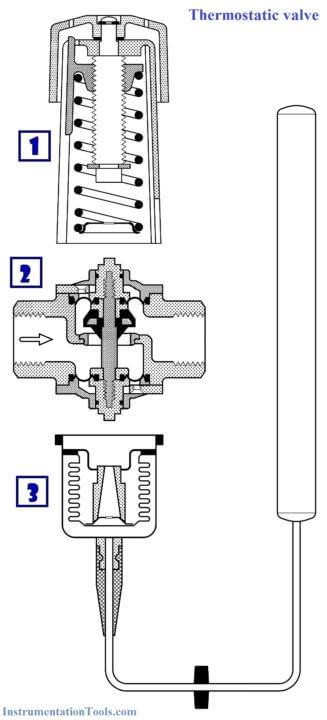
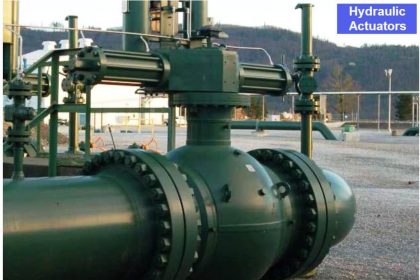

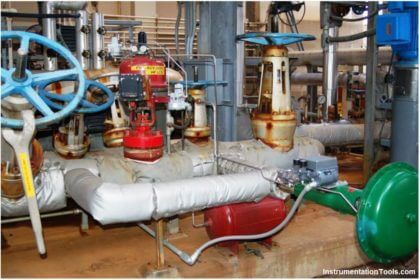
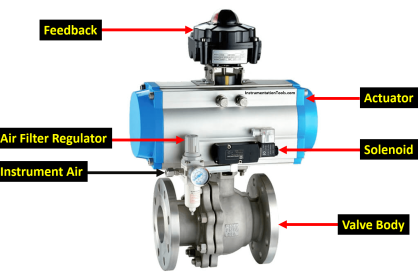
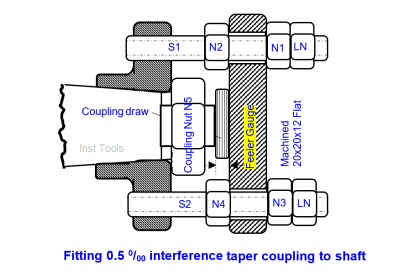
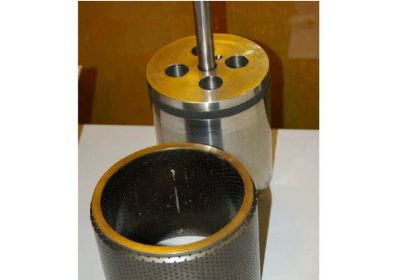
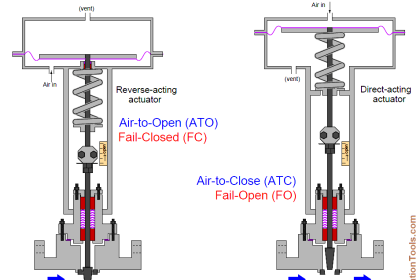
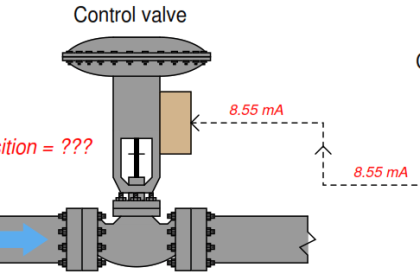
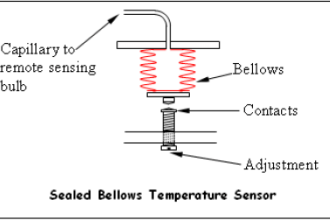

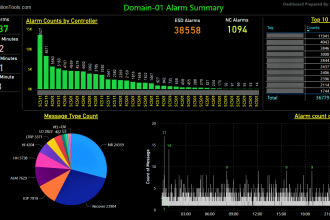


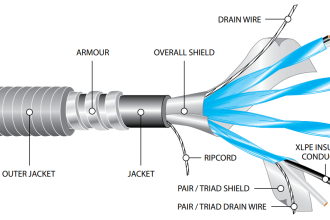
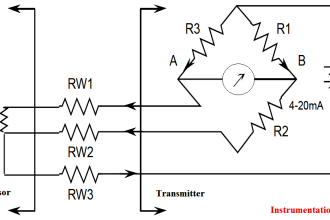


Nice tips